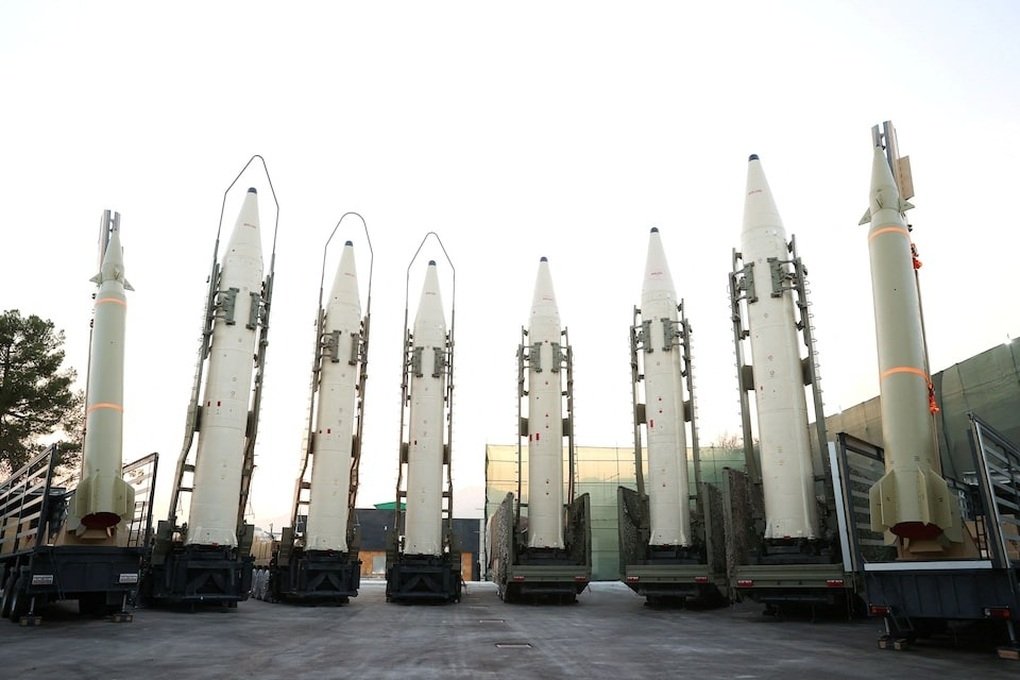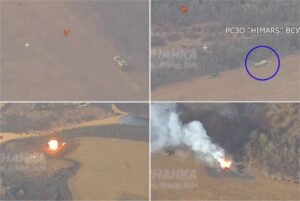
How does Iran's `steel shield` defend against Israel's attack? 0
(Dan Tri) – Iran’s arsenal has many types of missiles and air defense systems, which can help Tehran build a steel shield against Israel’s attack.
Iran’s ballistic missiles (Photo: Reuters).
Israel vowed to force Iran to `pay the price` after Tehran’s unprecedented airstrike on April 13.
The Iranian president warned that there would be a `strong and harsh reaction` if Israel decides to launch a direct military attack on Iranian territory.
Air Force
Iran has sought to boost its defense industry, but has been hampered by years of sanctions and embargoes.
Iran’s air force is still inferior.
The Iranian Air Force currently owns an aging fleet of aircraft and has struggled to buy spare parts to ensure the fleet can still operate over the years.
Iran’s air force is also building its own aircraft, such as the Saeqeh and Kowsar, based on American designs, but they are said to be no match for top fighter jets like the F-35 used by Israel.
The transfer of more than 20 Russian-made Su-35 fighter jets could significantly revive Iran’s air force.
However, Iran still needs to be equipped with strong air defense systems.

Iran’s Kowsar fighter jet (Photo: Tasnim).
Long range missile
Iran has tried to offset its aging domestic fighter jets with ambitious missile programs.
Iran is especially focused on improving its air defense system, in addition to `hiding` a number of air bases, missile depots and nuclear facilities deep in the mountains to protect them from bunker-busting bullets that
The longest-range missile defense system operated by Iran is the Bavar-373, which entered service in 2019 after a decade of development and testing and has been significantly improved.
In November 2022, Iranian officials displayed an improved Bavar-373 model that they said had an improved radar detection range from 350km to 450km and was equipped with advanced Sayyad 4B surface-to-air missiles
The system is said to be able to lock on targets including long-range ballistic missiles, drones and stealth fighters at distances of up to 400km, track 60 targets and attack 6 targets.
Iranian state media said the system in some aspects is superior to the Russian-made S-300 system, and can even be compared with the S-400 complexes, one of the air defense systems.
In addition to Russia’s Tor missile defense systems, Iran also operates S-300 systems.
Missile defense layers
Iran operates multiple missile defense complexes of its own development, using a variety of missiles to build layers of defense behind the longest-range systems.
Many medium-range defense systems, including the Arman, Strategic Sayyad and Khordad-15 can protect Iranian airspace from targets at ranges of up to 200km at various altitudes.
The Arman system, presented in November 2022, is mounted on military trucks and is ready to deploy within minutes.
The Arman system is equipped with missiles to counter precision-guided bunker-busting munitions, designed to destroy fortified or underground structures.
In addition, the enemy also faced Iran’s short-range batteries, including Azarakhsh, Majid and Zoubin.
The Azarakhsh, introduced around the same time as the Arman, is a compact system designed for low-altitude engagements against threats such as aircraft and drones.
Many of Iran’s missile defense systems have vertical launch capabilities – providing greater flexibility and space – meaning they can also be deployed on warships.
Iran plans to launch more missile defense systems this year, a senior military official said in late March.
The Islamic Revolutionary Guard Corps (IRGC) and the Iranian army also possess a variety of ballistic and cruise missiles with ranges of up to 2,000km, along with many types of reconnaissance and attack drones.






